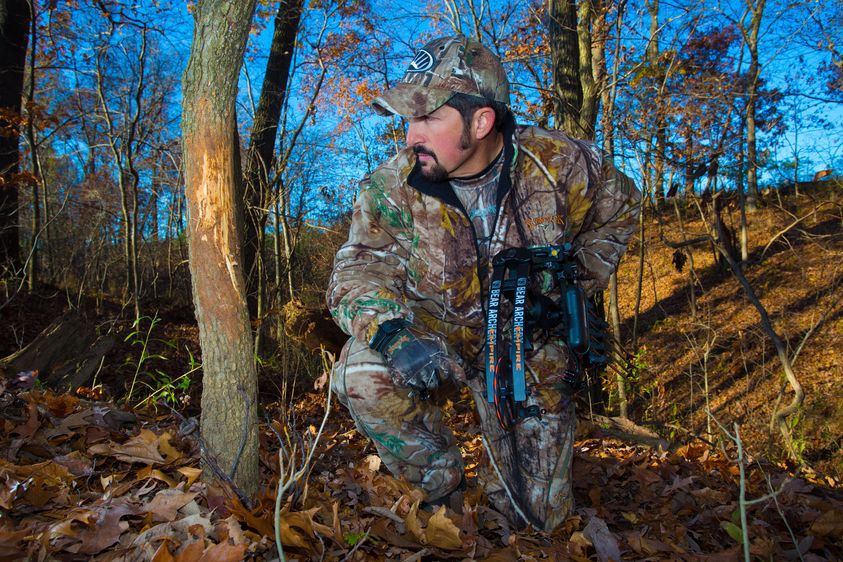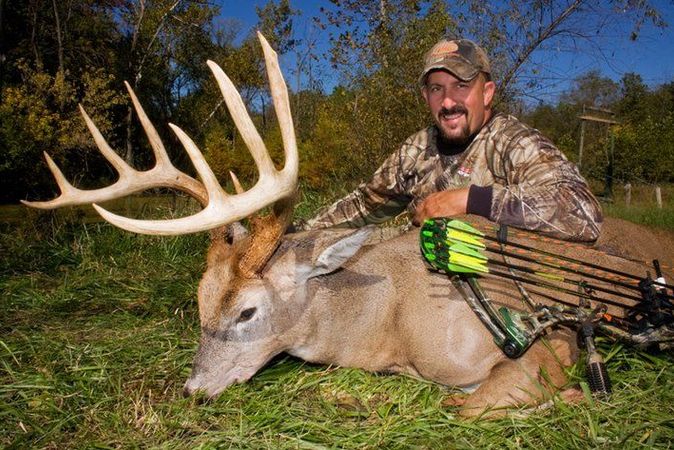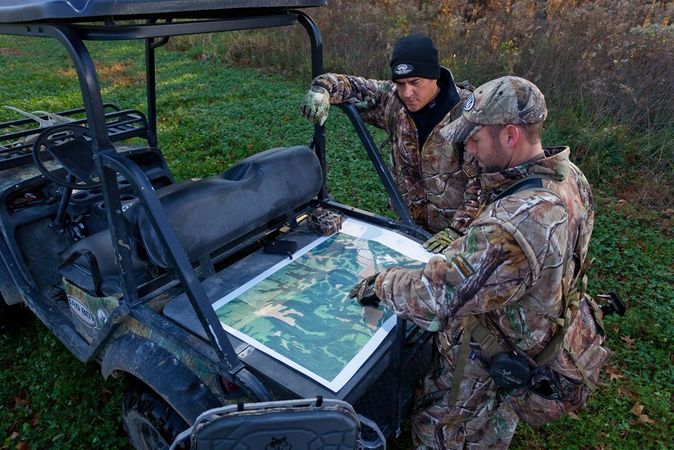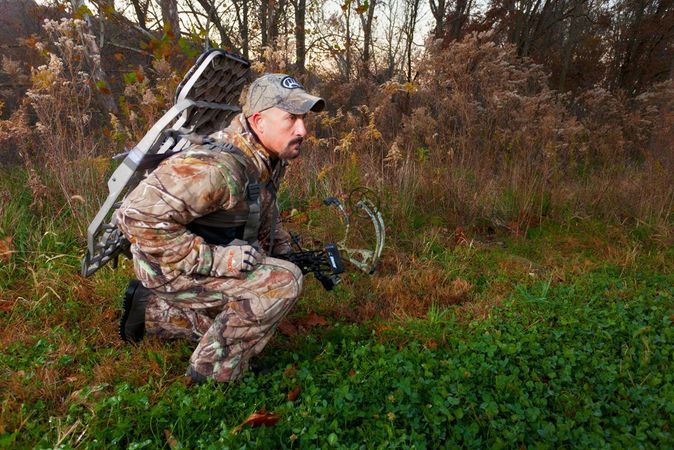Summer scouting has always been the most preferred method of observing whitetail habits. However, it’s the pawed circles beneath twisted branches, trees shredded to the core and beaten down trails connecting bedding areas to food sources that tell the stories of a season past. The most valuable aspect of the sign you find from post-season scouting is that it reveals secrets of what’s to come.
Find His Core Area
The big buck that gave you the slip is still in post-rut mode. In other words, he is still using the same travel routes and displaying many of the habits he did during late season. Walk as much of this buck’s core area as possible.
Note travel routes, especially those passing through pinch points or funnels, and locate secondary food sources, which are more likely to be used by pressured bucks during daylight hours. After the season is over, it does not matter that you jump deer out of their beds. In fact, you want this to happen, especially the mature bucks that eluded you all last season. This is one of many pieces of information that will be helpful in planning next year’s stand locations and other tactics.
An Easy Read
For hunters in northern states, snow cover provides a clear picture of deer trails and bedding areas. The early spring, when snow begins to melt, is a great time to find tracks and trails in the mud. Plus you may pick up some sheds.
Another key benefit to scouting post season is that the timber is leafless and the ground barren of dense underbrush, providing optimal visibility. Broadleaf trees and heavy underbrush can no longer hide clandestine big buck refuges. Naked of cover, Mother Nature now reveals the entire lay of the land. Every deer trail, bedding area, travel corridor and funnel is easily recognizable. The rubbed trees that were once hidden now stick out like red and yellow markers, old scrapes resemble hog wallows and deer tracks are sunk deep into the soft ground. Couple these things with trail camera images, and you’ll quickly learn what bucks made it through the deer season.
February
Need we say more? Many of you can agree that February is hands down the worst month of the year since it lacks what makes fall and winter so special - hunting and football. If scouting is as close to hunting as you can get, then why not do it? Relieve yourself of cabin fever by kicking around in the woods for a day, planning new stand sites and visualizing where the next big buck is going to come from.
How to Prepare
This list is not complicated. In fact, it’s just about everything you’d pack for a hunt minus a weapon. For starters, remain as scent free as possible so your presence will leave the area shortly after you do. Quality binoculars will give you an advantage whether you’re surveying an area or have laid eyes on a buck and want to get a better look at him.
Pack a trail camera or two to place in heavily used bedding areas or travel corridors. Use some orange tape to help identify trails and potential trees on which to hang stands. Unless you’re familiar with the property or just have Jeremiah Johnson-like instincts, sometimes finding your way back to an exact spot on an expansive piece of land isn’t as easy as you might think.
The lull between deer and turkey seasons can be tough. If nothing else, post-season scouting is just a good excuse to get outdoors, reminisce about past hunts and make plans for the future. The exercise and cold winter air filling your lungs will make you feel better when cabin fever hits its peak.







